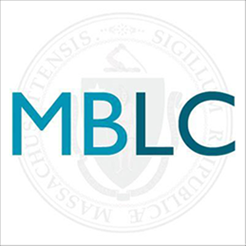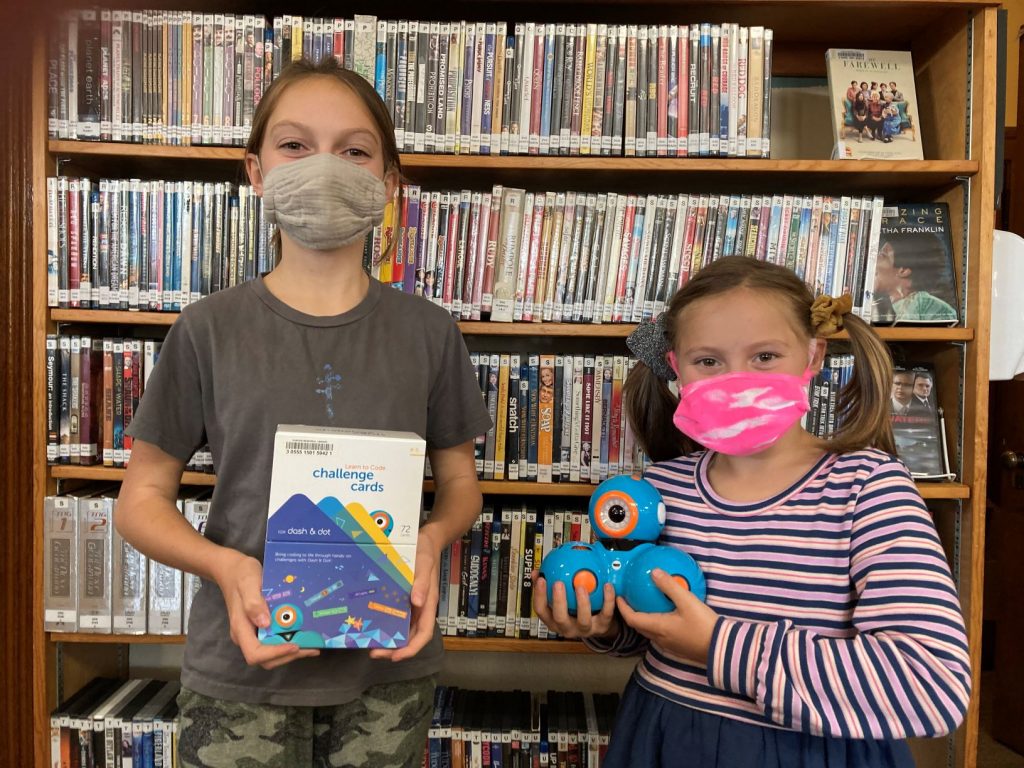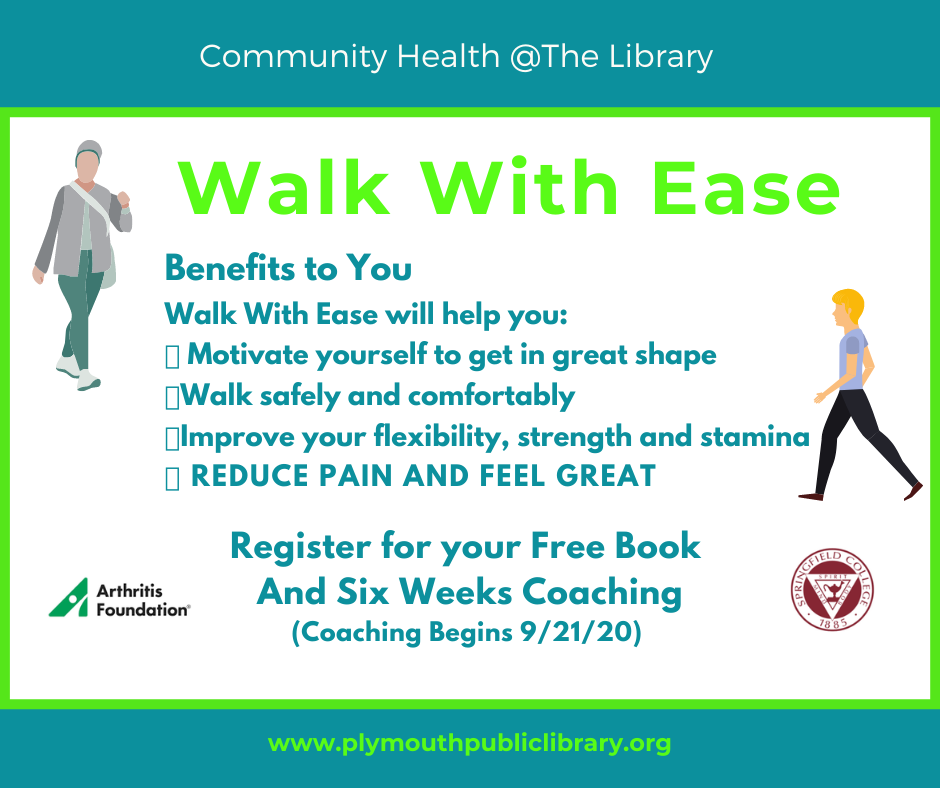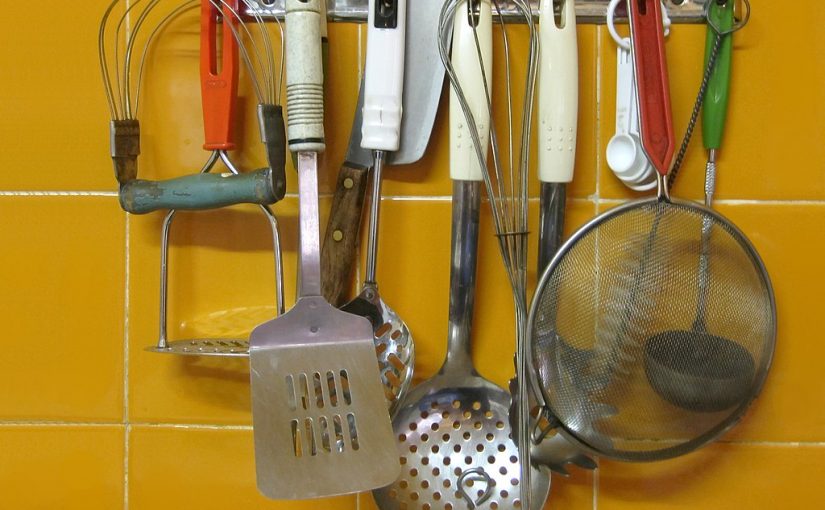Dear Colleagues:
Much has happened in the two weeks in since President Trump signed Executive Order 14238. However, the primary question remains: will Massachusetts and all the other states receive the Institute of Museum and Library Services (IMLS) funding that is in statute?
To that end the IMLS Board sent a letter to IMLS Acting Director Keith Sonderling with the Board’s determination that “the Museum and Library Services Act of 2018, as codified in Title 20 of the U.S. Code, outlines specific statutory mandates that cannot be paused, reduced, or eliminated without violating Congressional intent and federal statute.”
U.S. Senator Jack Reed (D-RI) also led a bipartisan effort to send a letter to the IMLS acting director seeking assurances that allocated federal funding for IMLS will be implemented in a manner that is consistent with bipartisan approved appropriations laws. Senator Reed was joined by U.S. Senators Kirsten Gillibrand (D-NY), Susan Collins (R-ME), and Lisa Murkowski (R-AK). Both are tangible examples that making our voices heard is paying off. Earlier this week, the Massachusetts Library Association (MLA) released a statement opposing the executive order, and sent information about a new initiative by Senator Edward Markey (D-MA) to collect stories: https://www.markey.senate.gov/trumpstories. MLA also informed us that Representatives Dina Titus (NV-01) and Suzanne Bonamici (OR-01) are circulating a letter for other members of the House of Representatives to sign onto asking the Administration to reconsider the executive order. The deadline for members of Congress to sign onto the letter is the end of the day today, Friday, March 28.
At the MBLC we appreciate the emails we’ve received letting us know how important databases are, or the huge impact an LSTA grant had on your community, or how much your patrons rely on ComCat. These stories help us demonstrate the importance and value of these services.
The MBLC continues working with other state library agencies to assess the impact and share information. The MBLC also met with the Talking Book Libraries, Networks, MLA, Massachusetts School Library Association, Massachusetts Center for the Book, and the Massachusetts Library System. We plan to hold meetings with the broader library community when we have more answers and more concrete information to share.
In the meantime, understanding how the MBLC receives federal funds may be helpful. The MBLC was awarded $3.6 million through IMLS’ Grants to States program. The MBLC does not receive the funds in a lump sum. Instead, we submit a monthly invoice and are reimbursed. We are concerned that this may end with little or no warning. It is in this environment of uncertainty that the MBLC is working to find ways to hold steady the services that libraries and patrons need. Services depend on staff. More than half of the MBLC’s 23 staff members are at least partially funded with federal dollars. The entire State Aid to Public Libraries staff falls into this category. So, while the State Aid Program is funded with state dollars, the ability for the program to function depends on staff who are partially funded with federal dollars. Staff continue to support and advise trustees, run the direct grant program, develop trainings, partnerships, and resources to support our most vulnerable populations, work with Networks, and more. Simply put, without staff at the agency we cannot provide the services required under Massachusetts General Laws, Chapter 78. Our staff is the service we provide to the library community.
Thanks to the careful extensive planning by MBLC staff, statewide databases, ComCat, and the platform that makes statewide eBook sharing possible will continue uninterrupted for the remainder of the fiscal year (ending June 30, 2025). This allows some time for legislative efforts and potential legal pushbacks to play out.
That doesn’t mean we stop planning. Maintaining services is our priority and we will continue to work towards that end. Please continue to reach out with questions or concerns anytime.
Sincerely,
Maureen Amyot
Director, Massachusetts Board of Library Commissioners



